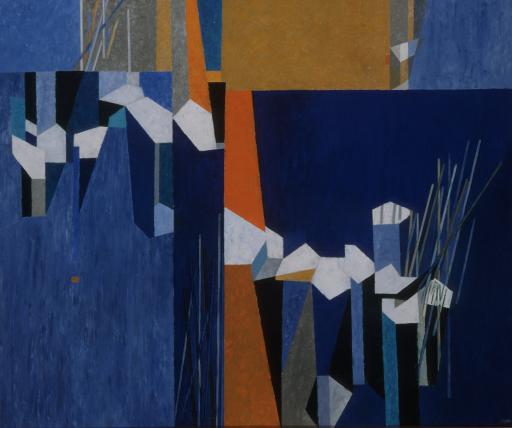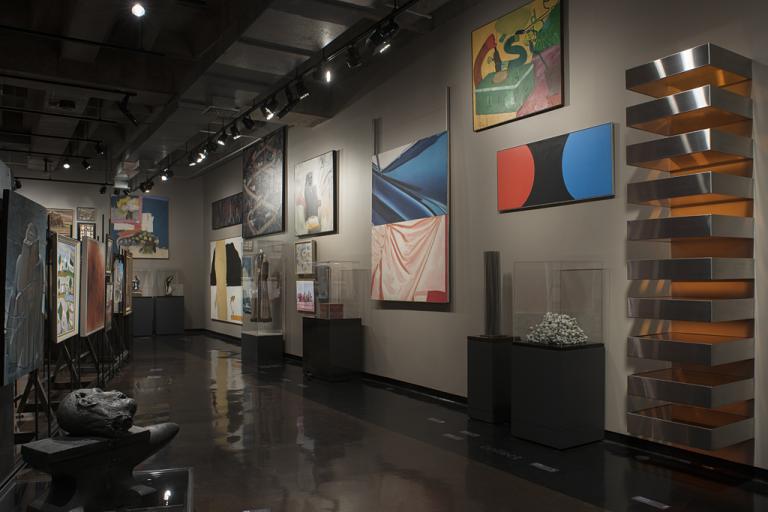Architectural Blue, Herbert Bayer
Artwork Overview
Herbert Bayer, artist
1900–1985
Architectural Blue,
1958
Where object was made: United States
Material/technique: oil; canvas
Dimensions:
Canvas/Support (Height x Width x Depth): 127 x 152.4 cm
Canvas/Support (Height x Width x Depth): 50 x 60 in
Canvas/Support (Height x Width x Depth): 127 x 152.4 cm
Canvas/Support (Height x Width x Depth): 50 x 60 in
Credit line: Gift of Curtis Besinger in memory of Frederic A. "Fritz" and Fabienne "Fabi" Benedict
Accession number: 1998.0723
Not on display
If you wish to reproduce this image, please submit an image request


